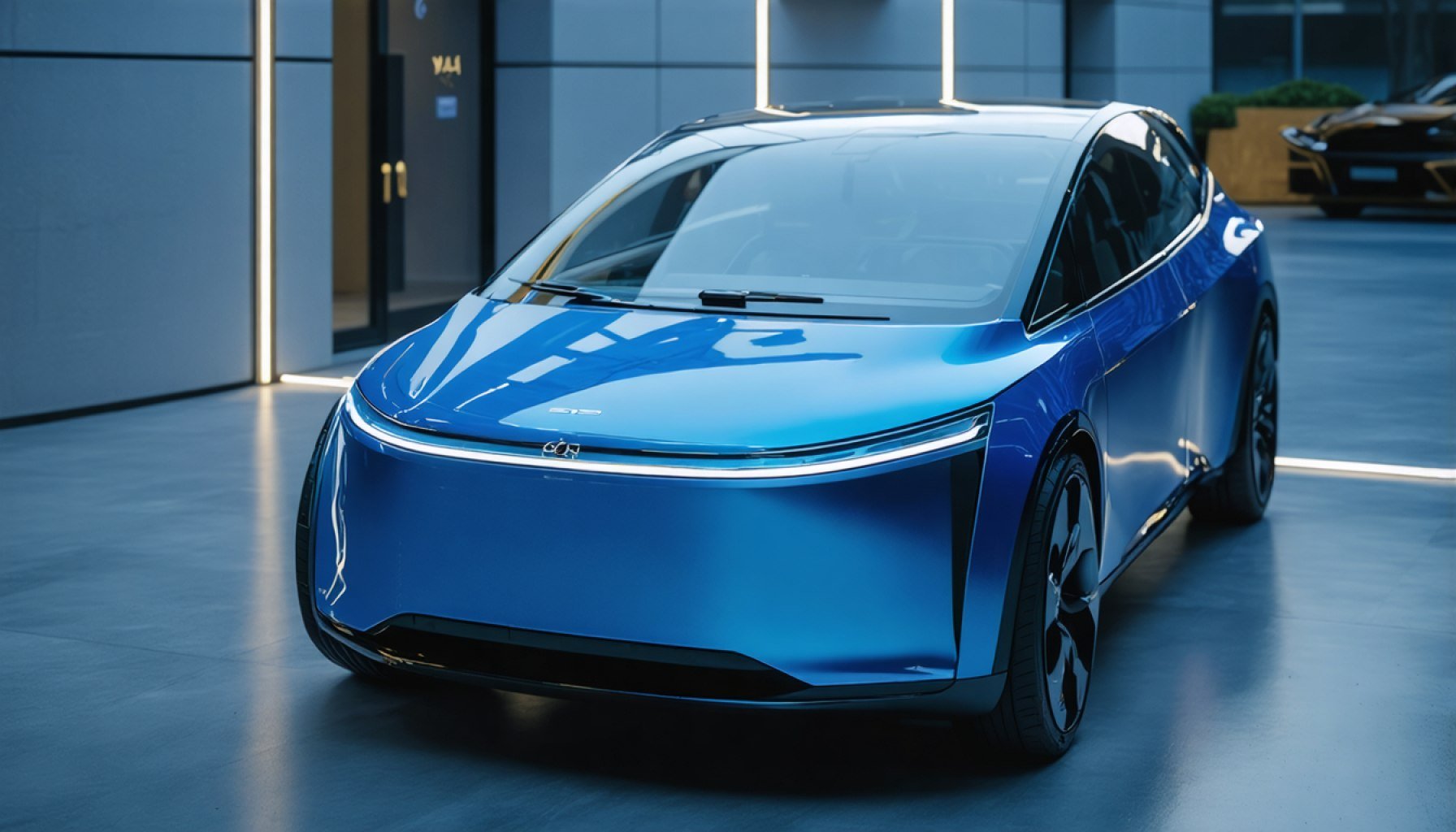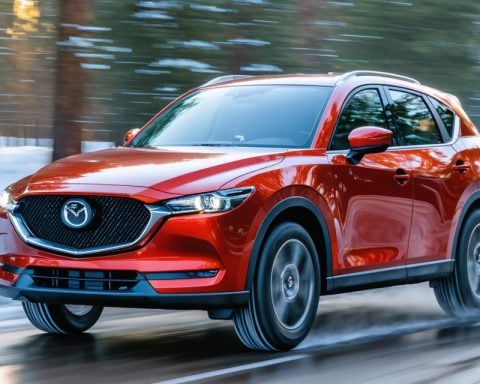- Kinetic Group has launched a cutting-edge battery production facility in Ahmednagar, Maharashtra, aiming to revolutionize India’s EV landscape.
- With a ₹50 crore investment, the plant focuses on producing 60,000 Range-X batteries annually for two and three-wheeler EVs.
- The facility manufactures both Lithium-ion Phosphate (LFP) and Nickel Manganese Cobalt (NMC) batteries, emphasizing innovation and sustainability.
- The advanced plant integrates smart technology and automation to ensure reliable and clean energy solutions.
- Kinetic Group intends to supply batteries to original equipment manufacturers (OEMs), beyond its own needs, highlighting a broad market vision.
- The initiative aligns with India’s rapidly growing EV market, projected to reach $18.319 billion by 2029.
- This development represents a strategic move toward a sustainable and self-reliant future for India’s transport sector.
A windswept transformation is taking place in Ahmednagar, Maharashtra, where the Kinetic Group is igniting the future of electric vehicles (EVs) with its newly launched battery production facility. Constructed at a notable investment of ₹50 crore, this state-of-the-art plant promises a _spark_ of innovation by churning out 60,000 Range-X batteries annually, aimed specifically at powering India’s two and three-wheeler EV fleet.
Blending technology with ambition, the Pune-based automotive trailblazer dives into both Lithium-ion Phosphate (LFP) and Nickel Manganese Cobalt (NMC) battery production. Heralding this leap as more than just a business venture, Kinetic Group envisions their efforts as a cornerstone for India’s mobility revolution. The facility’s plan to develop cutting-edge prismatic cells signifies its forward-thinking drive for innovation.
Brightly burning with the promise of sustainability and self-reliance, the battery plant integrates smart technology and automation. This ensures not only reliable energy solutions but also a commitment to _clean and efficient_ progress. The decision to supply batteries to original equipment manufacturers (OEMs) beyond in-house requirements highlights an expansive vision.
With India’s EV market galloping towards unprecedented growth, projected to soar to $18.319 billion by 2029, Kinetic Group’s investment positions itself perfectly to capture this electric wave. As these Range-X batteries roll out, imagine the hum of empowerment they’ll bring to streets crowded with tomorrow’s wheels—an arresting _glimpse_ into a future where energy meets sustainability in harmony.
This is more than just an industrial milestone; it’s a step towards a transformed journey on the Indian roads.
The Ultimate Transformation: Kinetic Group’s Electric Leap in Ahmednagar
How-To Steps & Life Hacks
Implementing an Electric Vehicle (EV) Charging Station:
1. Assess Demand: Determine the EV density in your area to justify the installation of a charging station.
2. Select Equipment: Choose chargers compatible with LFP and NMC battery types.
3. Find a Suitable Location: Opt for high-traffic areas or partnership opportunities with malls or parking lots.
4. Obtain Necessary Permits: Regulatory compliance is crucial, consult with local authorities.
5. Install Infrastructure: Engage professionals for installation, focusing on safety and efficiency.
6. Launch and Market: Promote your charging station to attract more EV users.
Real-World Use Cases
– Fleet Transportation: Range-X batteries can be a solution for public transport fleets to transition to electric, reducing emissions.
– Delivery Services: Companies like Swiggy or Zomato can adopt EVs with these batteries for a sustainable last-mile solution.
– Rural Electrification: Use batteries in solar-powered systems to power off-grid areas in India, enhancing rural energy availability.
Market Forecasts & Industry Trends
The Indian EV market is projected to reach $18.319 billion by 2029, driven by urbanization and environmental policies. The Kinetic Group’s investment in LFP and NMC batteries positions them favorably to meet this burgeoning demand. Industry trends indicate a shift towards more sustainable and cost-effective battery technologies, with a growing emphasis on the recycling of battery materials.
Reviews & Comparisons
LFP vs. NMC Batteries:
– LFP (Lithium Iron Phosphate):
– Safe with high thermal stability.
– Longer lifespan.
– Lower energy density compared to NMC.
– NMC (Nickel Manganese Cobalt):
– Higher energy density, providing longer range.
– Faster charging times.
– More expensive than LFP.
Controversies & Limitations
– Environmental Impact: While EV batteries reduce overall emissions, their production and disposal pose environmental challenges, necessitating effective recycling solutions.
– Resource Dependency: The reliance on rare earth materials for batteries can lead to supply chain vulnerabilities and geopolitical tensions.
Features, Specs & Pricing
– Range-X Battery Production:
– Annual output of 60,000 units.
– Designed for two and three-wheeler EVs.
– Integration of smart technology for optimal performance.
Security & Sustainability
Kinetic Group emphasizes automation and smart technology integration to ensure operational security and reduce human error. Sustainability initiatives include plans for battery recycling and reuse strategies to minimize the environmental footprint.
Insights & Predictions
Kinetic Group’s initiatives could inspire similar investments by other companies, possibly leading to India becoming a global leader in EV battery production in the near future.
Tutorials & Compatibility
Battery Care for Longevity:
– Avoid full discharges; charge regularly to extend lifespan.
– Store in a cool, dry place to prevent overheating.
– Follow manufacturer guidelines for maintenance.
Pros & Cons Overview
Pros:
– Supports India’s clean energy goals.
– Reduces carbon footprint.
– Creates new job opportunities.
Cons:
– Initial costs are still high.
– Infrastructure for widespread adoption needs development.
Actionable Recommendations
– For Consumers: Consider switching to EVs as infrastructure improves and costs decrease.
– For Entrepreneurs: Explore investment opportunities in EV infrastructure.
– For Policymakers: Foster public-private partnerships to accelerate infrastructure development.
For more information on the transformative power of electric vehicles, visit the official Kinetic India page.
















